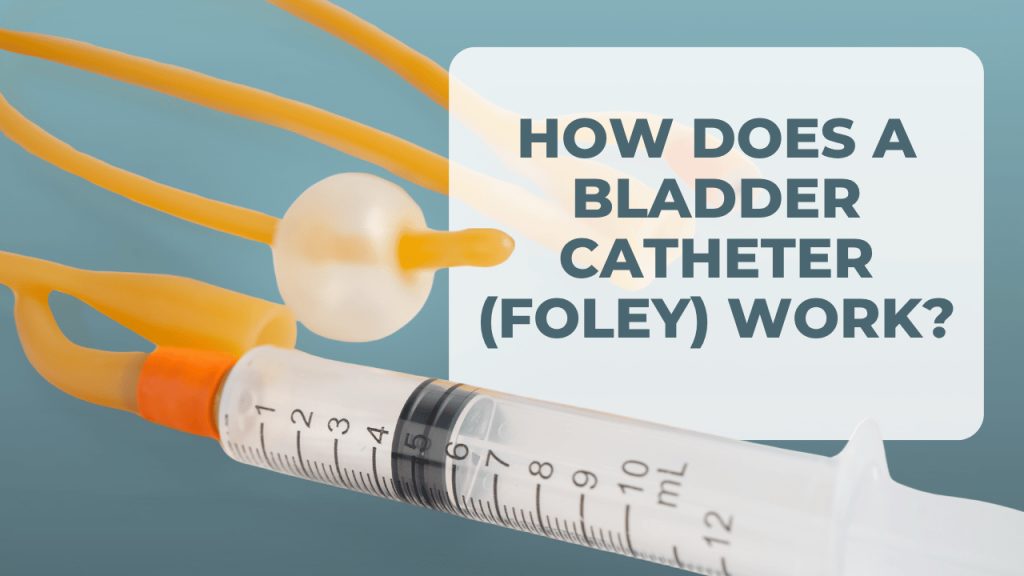Urinary Tract Infection (UTI) Treatment and Prevention
Urinary tract infection (UTI) are very common! It is estimated that over 15 million people go to their primary care physician or Emergency Department for UTI treatment every year. The Internet is filled with suggestions to help treat and prevent UTIs (some of them true and some not). Here is your guide to understanding proven ways to treat and prevent UTIs. Looking for more trusted health tips? Visit hfitness.com for expert insights and helpful resources.
What is the difference between treating and preventing a UTI?
In general, treating an infection means killing the bacteria that caused the infection. The most effective way to do this (besides your own body’s immune system) is using antibiotics, which are medicines that attack bacteria in various ways. This is different from treatments that prevent UTI (make it harder for UTIs to happen in the future).
Finally, this is also different from treatments that provide symptomatic relief (don’t kill active bacteria but make you feel better by soothing the urinary tract). As an example of how this helps, think about when you have the flu. We often take Tylenol or other medicines that make us feel better. Tylenol doesn’t kill the flu virus. Your body’s immune system is doing that. But, it does make you feel better while your body is doing its job.
Most of the home treatments that you may have heard of focus on preventing future UTIs or soothing your urinary tract.
If these treatments don’t cure UTI, why do I get better when I use them to treat UTI symptoms?
Your immune system is strong! One study showed that the majority of women with uncomplicated UTI will report symptom improvement without antibiotics (or any other treatment)! This is your immune system at work. So, although many times the home treatments used for UTIs make you feel better, it is the immune system that is responsible for knocking out the bacteria.
Prescription-Only Treatments to Prevent UTIs
1. Low-Dose Antibiotics
For women who suffer from recurring UTIs, using a low-dose antibiotic daily or around the time of sex is a very effective way to prevent further infections. As with any medicine, there are some risks to preventative antibiotics (like developing resistance) and this should be discussed with your physician.
2. Vaginal Estrogen
Vaginal estrogen (generally a cream) is an effective way to prevent UTI, especially in post-menopausal women. This works by lowering the vaginal pH so bacteria have a harder time growing (this is a common mechanism for many treatments discussed below). Interestingly, oral estrogen (pills) does not provide the same benefit. Again, estrogen carries certain risks that should be discussed with your doctor.
Non-Prescription Methods to Prevent UTIs
1. Cranberry Products
Cranberry has been used to prevent infection for many years. Although how it works is still not completely understood, it is thought to inhibit bacteria’s ability to adhere to bladder cells (which is one of the first steps of a UTI). Cranberry is one of the most studied home treatment for UTI. Combined, many studies suggest that cranberry decreases the frequency of infection by 30-40%. That said, there are studies that show no benefit. The dose of cranberry varies in studies (so the ideal dose is not known). But, in general, a daily dose of 300mL (juice cocktail) or 400mg (tablet) is common.
Popular Home Remedies (With Limited Scientific Backing)
1. Vitamin C
Vitamin C is commonly cited on the Internet as a way to prevent UTIs. Vitamin C acidifies the urine, which may inhibit the growth of bacteria. It is also thought to play a role in overall immune strength. There have only been 2 studies formally evaluating Vitamin C. One showed a benefit and the other did not. The one that did had several issues, including that it only included pregnant women and did not actually test the urine to confirm infection. As a result of these limited data, Vitamin C cannot be recommended yet as a proven way to prevent UTI. Further, acid is a bladder irritant (more on that below). So, during an active UTI, Vitamin C (ascorbic acid) may actually worsen bladder pain.
2. Vitamin A
Once again, Vitamin A is commonly suggested to prevent UTI. Like Vitamin C, it is also thought to play a role in overall immune strength. To date, only one study has formally evaluated this. This study only had 12 patients in the study group and they were all children. As a result, Vitamin A cannot be recommended yet as a proven way to prevent UTI in adults.
3. D-Mannose
D-mannose is a sugar that can prevent adhesion of bacteria to bladder cells. Because of this action, it is thought that D-mannose could be helpful in preventing UTIs. However, no randomized trials have been conducted to show that D-mannose does prevent UTIs.
4. Probiotics
Probiotics have been considered as a way to prevent UTI because there is a correlation between the loss of normal genital flora and UTIs. To date, there is very limited clinical study. Several studies have evaluated probiotic vaginal suppositories with mixed results. Oral probiotics have only been tested in children. Although promising, probiotics cannot yet be recommended yet as a proven way to prevent UTI in adults.
5. Other botanical treatments
Similar to cranberry, numerous other botanicals have a long history of being used to treat UTIs. And many of them have been shown to have effects that could help prevent infection (inhibition of bacterial adhesion, acidification of the urine). Unfortunately, no large studies have proven their ability to prevent UTI. Included in this list of botanicals are blueberry, berberine, bearberry, bucha, saw palmetto, and stinging nettle.
Home Treatment for Symptoms
Again, there is a difference between treatments that that prevent UTI and treatments that provide symptomatic relief. In general treatments that help symptoms flush the system (diuresis), alkalinize the urine, or calm inflammation. While these treatments are natural, it is important to understand that even natural remedies can be dangerous. For example, a significant number of baking soda-related poisonings are related to home consumption as a treatment for UTI! So, be careful and consult high quality resources to ensure you don’t overdo it.
1. Flush the system
The easiest way to do this load up to drink water. Other botanicals (see below) have also been shown to have a diuretic effect.
2. Avoid acids and caffeine
There are numerous bladder irritants. High on that list are acids and caffeine. While your bladder is healing from infection, avoid irritating it further with these items. Acids are common in citrus fruits and tomatoes. Stick to the decaf beverages as well.
3. Citrate salts
Citrate salts, such as Sodium Citrate, alkalinize the urine. This soothes the urinary tract to improve symptoms of UTI, such as burning and pain.
4. Phenazopyridine (Pyridium), Azo, Cystex (and other over-the-counter medicines)
These medicines are urinary tract analgesics and can provide temporary relief of UTI symptoms. They should be used only in the short term and can have side effects. They also tend to color your urine so don’t be surprised (for example, pyridium produces orange urine). So, make sure you follow the package instructions and ask your physician or pharmacist if you have any questions.
5. Other botanical treatments
Numerous other botanicals have a long history of being used to help UTI symptoms. Most of them have been shown to have diuretic of antispasmotic actions, which may explain how they help symptoms. Included in this list of botanicals are marshmallow, celery seed, couchgrass, hydrangea, peppermint, and slippery elm.




